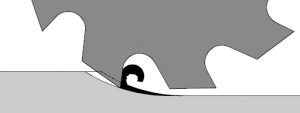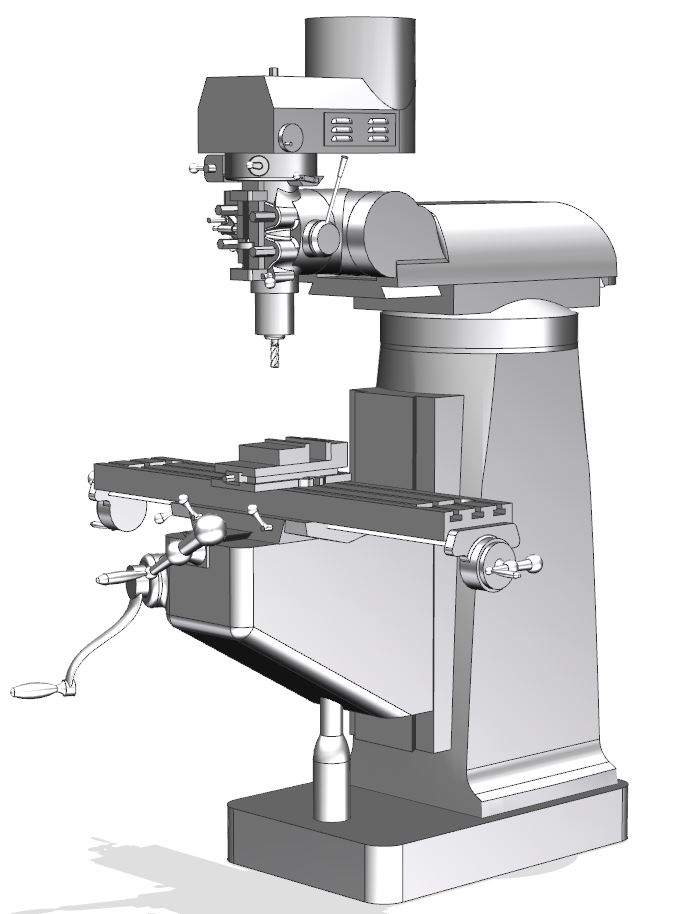
The correct selection of tools, workholding, cutting parameters, and milling techniques can significantly impact the quality, accuracy, and cost of the final part. In this section, we will explore the essential aspects of milling, including the types of milling operations, cutting parameters, and milling strategies to achieve optimal results.
The correct selection of tools, workholding, cutting parameters, and milling techniques can significantly...
In climb milling the rotation of the tool pulls the work off of the lead screw.
Climb milling and...
The main differences between a right-handed and left-handed end mill is the direction in which they...
Boring is a machining process used to enlarge an existing hole to a precise diameter and surface finish....
Face milling is a machining process employed in manufacturing and metalworking to create flat surfaces...
Contour milling is a machining process employed to shape and create complex, contoured surfaces on a...



